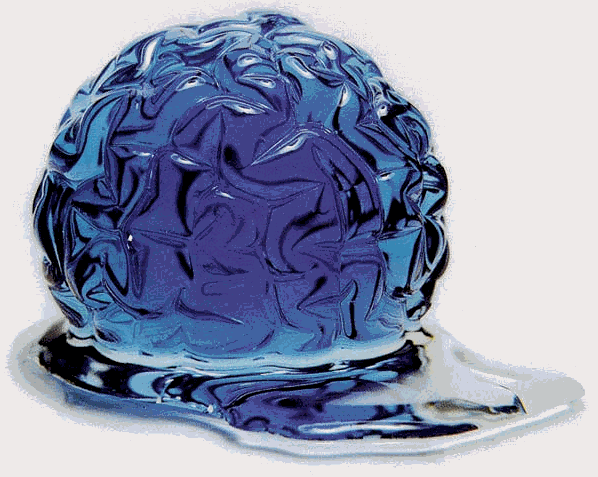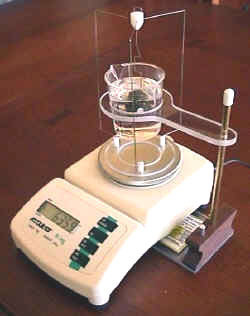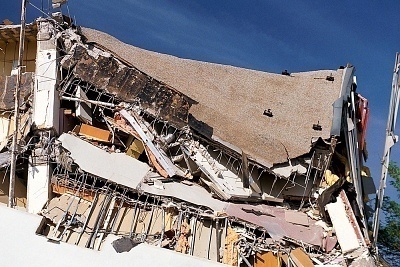Magnetorheological fluid or MR fluid is a special material used for building smart structures that can withstand earthquakes. The Magnetorheological fluid can change from liquid to solid and vice versa. It makes the buildings of which it is a component particularly flexible so they can adapt to external force that would have made other more rigid buildings snap.
The Need for Smart Structures
Traditional belief in structural engineering dictates that the more rigid a building is, the better it will be able to stand up to strong earthquakes and strong winds. As science and technology advanced, it was realized that this doctrine is not necessarily true. As a case in point, an earthquake does not do damage because it shakes the ground; destruction happens as a result of resonance or energy being released at frequencies that the structure is not equipped to handle. A rigid structure is more susceptible to damage because it does not 'adapt' to the forces exerted on it during earthquakes or high winds.
Smart Structures
The solution to this problem is the use of dampers or structures built to absorb the resonant waves (or 'shock waves') caused by earthquakes. Modern dampers adapt to the force of an earthquake, shifting with each shockwave to reduce the impact on the building's structure, in effect "dampening" the overall effect on the building.
Modern dampeners are constructed with the Magnetorheological fluid which can change from liquid to solid with the application of a magnetic field. The Magnetorheological fluid inside modern dampeners are kept solid in normal conditions, but change to liquid and back as sensors activate and deactivate a magnetic field during an earthquake, allowing the dampeners to absorb the shockwaves and reducing damage to the structure.
The Magnetorheological fluid inside the dampeners changes a building from a rigid structure that must absorb the shockwaves to a 'smart' structure which adapts instead.
Magnetorheological Fluid Components
Magnetorheological fluid is composed of three ingredients: carbonyl iron particles, 'soft' iron particles which are only 3-5 micrometers in diameter (or 0.0003 to 0.0005 millimeters); a 'carrier' liquid, usually hydrocarbon oil; and additives which enhance lubricity, modifies the fluid's thickness or viscosity, keeps the particles suspended in the liquid, and slows down the gravitational setting of the iron particles.
The carbonyl iron particles provide the means for changing the fluid into solid; applying a magnetic field to the Magnetorheological fluid forces the particles to line up so the liquid becomes solid. The solidity of the fluid is influenced by the strength of the magnetic field – the stronger the field, the 'harder' the Magnetorheological fluid becomes. Removing the magnetic field unlocks the particles and turns the solid back to liquid.
Magnetorheological fluid has been around since the 1940s. However, the technology that controls the magnetic field – required to adjust the Magnetorheological fluid's solidity to the level of force it is adapting to – has been developed only since the 1990s.
Magnetorheological fluids are also being used in exercise machines, washing machines, car shock absorbers, and artificial legs.




ramzan
the best way to resist earth quake but need some improvement
bhargavi
is this mr fluid a complete solution to resist earthquqkes